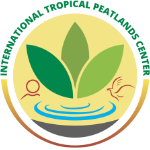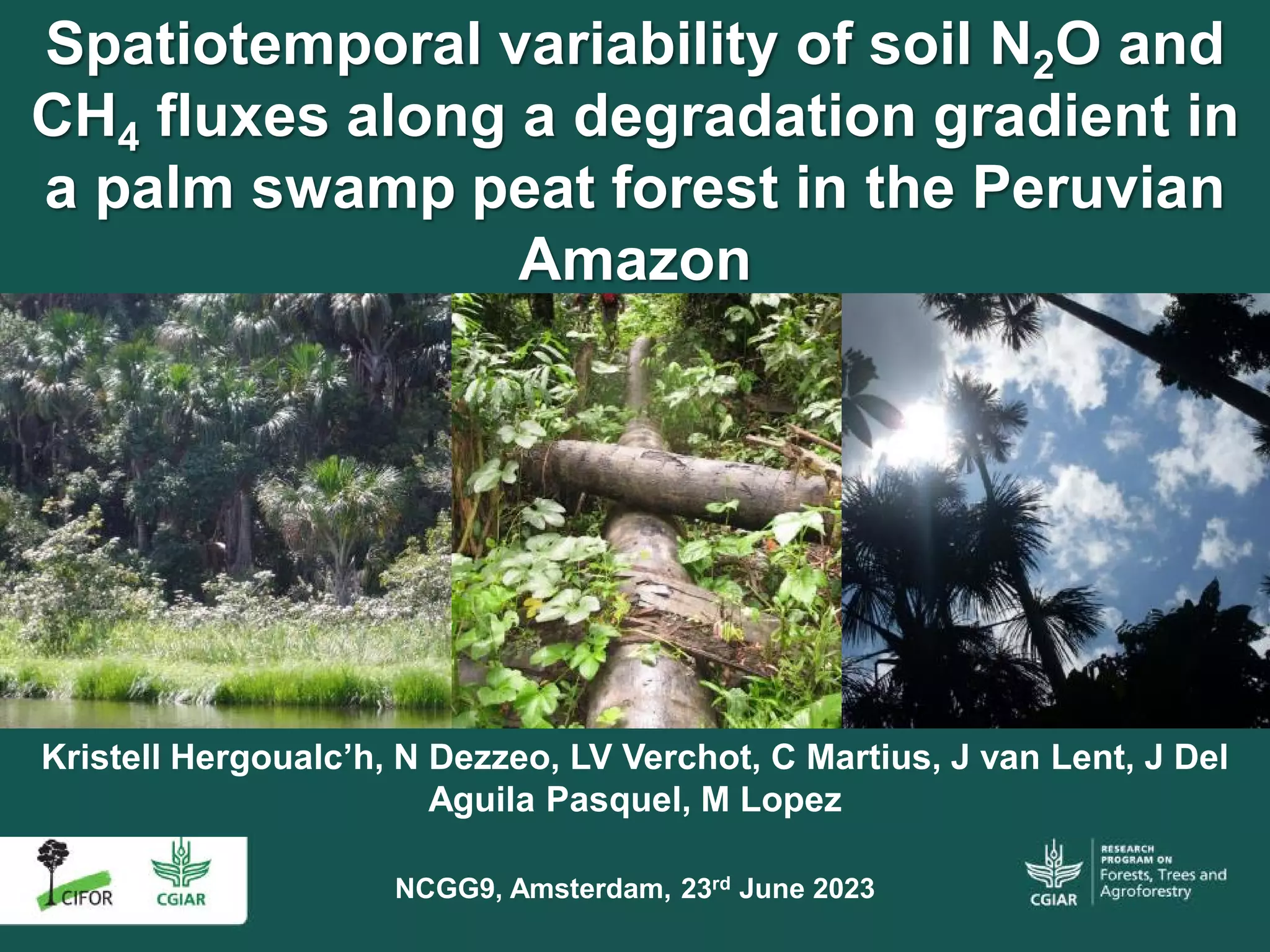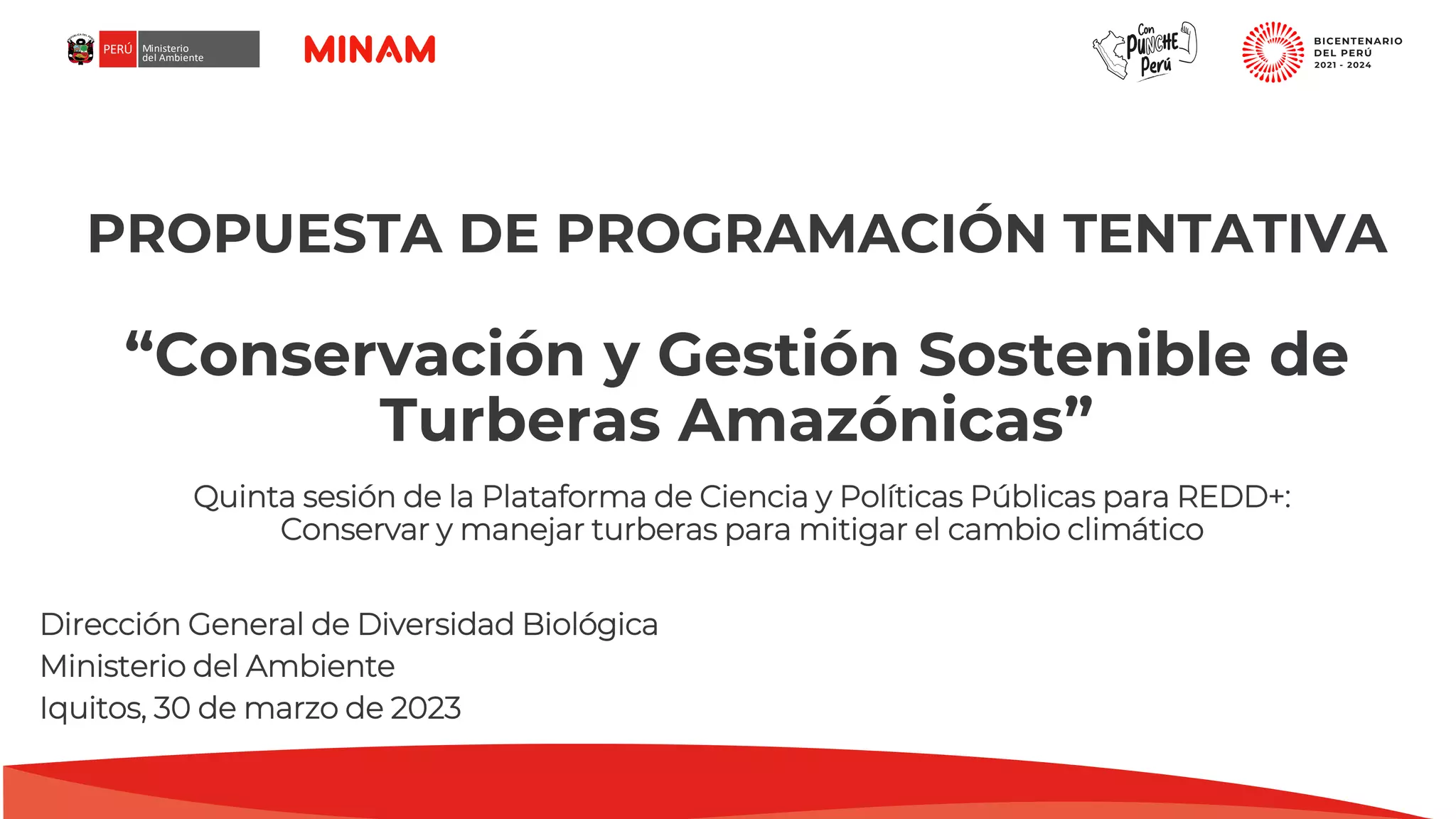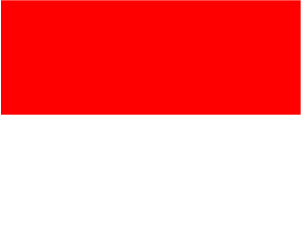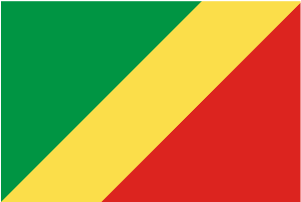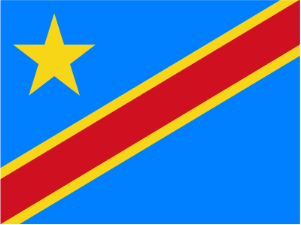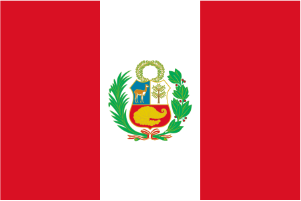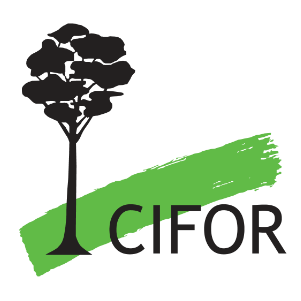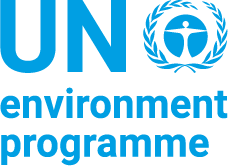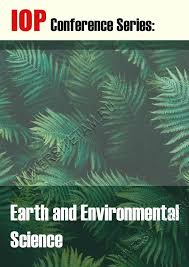
Degraded peatlands due to repeated fires in the limited production forest of Pedamaran is one of the main targets of peatland restoration in South Sumatera. The successful restoration of burnt peatland in South Sumatra is still a challenge due to insufficient biophysical information. This highlights the importance of studying peatland characteristics including composition, diversity, and remaining carbon stock. A recent research project aimed to provide such information for the restoration target area of burnt peatland in the Forest of Limited Production (HPT) of Pedamaran, Ogan Komering Ilir district, South Sumatra. The research involved creating 10 sample plots of 20 m x 20 m, 10 m x 10 m, 5 m x 5 m and 2 m x 2 m in accordance with the Mueller-Dombois and Ellenberg Methods on an area of 20 ha. The findings revealed that the repeated burnt peatland areas in Ogan Komering District were dominated by ferns and purun at the understorey and seedling level, with very few Gelam (Melaleuca leucadendron) and Prepat (Combretocarpus rotundatus) individuals at the sapling and pole levels, and none at the tree level. The biodiversity was found to be low, and the carbon stock of biomass was measured at only 8.46 ± 3.53 tons C/ha, with dead wood accounting for 3.60 ± 1.75 tons C/ha. The information of biodiversity and carbon stock is an important consideration in revegetation activity especially in terms of selecting the model and species used in revegetation on repeated burnt peatland area.
Download:
 file
file

- Authors: Siahaan, H.
- Subjects: biodiversity
- Publication type: Journal Article
- Source: Dspace
- Year: 2025
